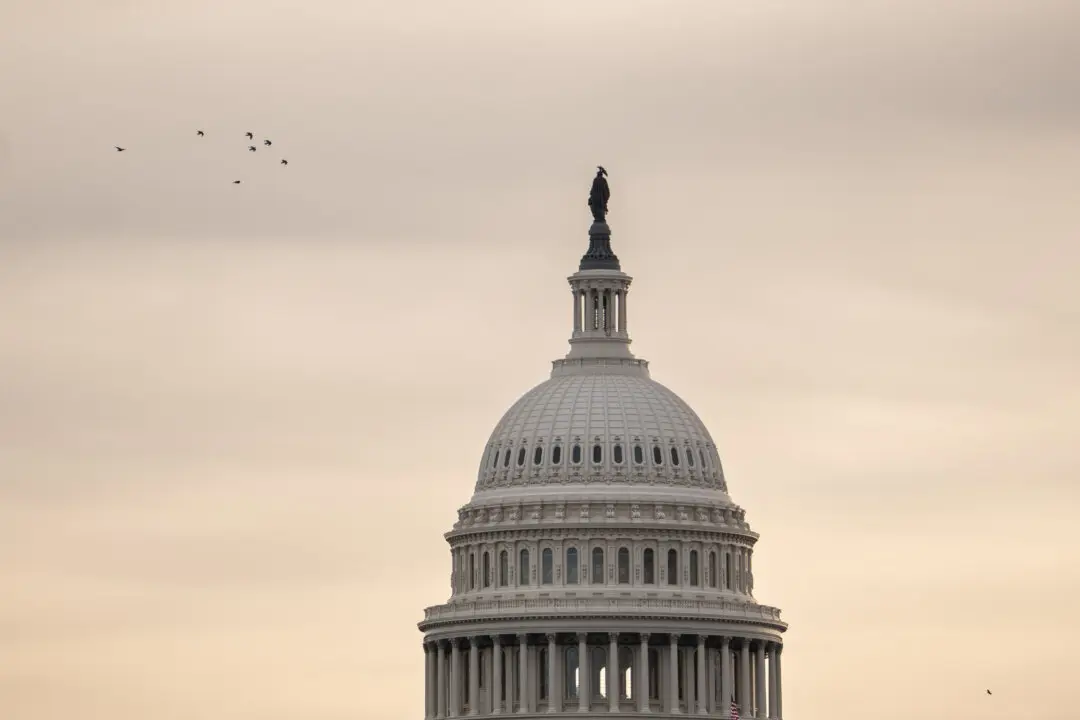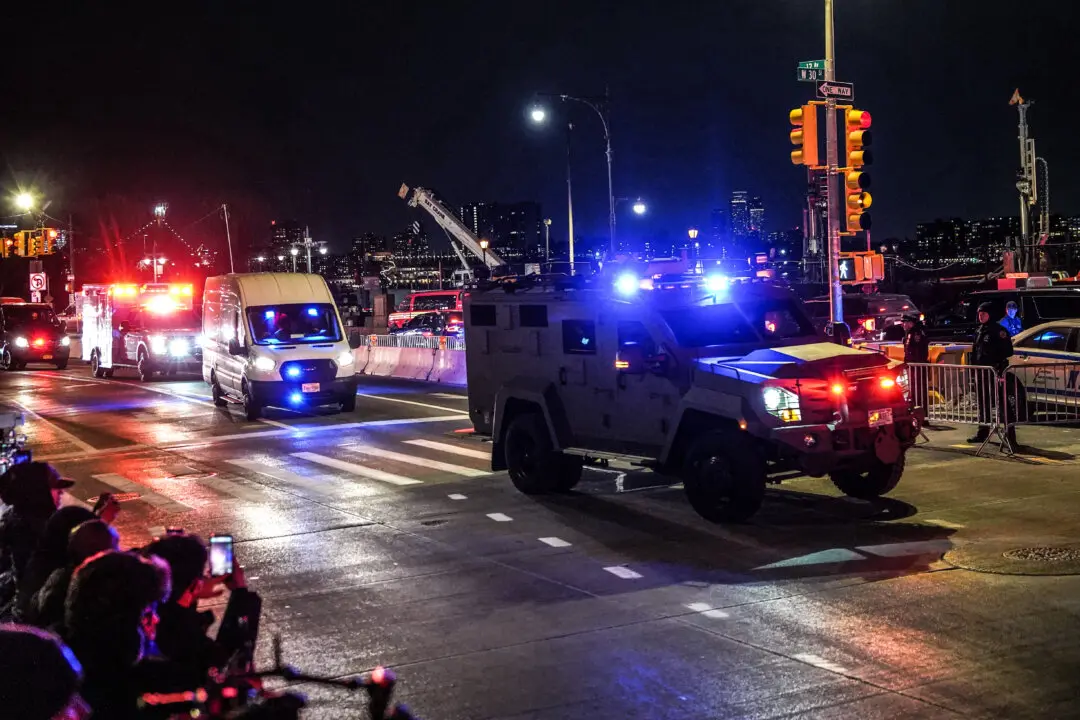From the often testy NAFTA renegotiations, falling oil prices, and impediments to pipeline construction, to the flow of irregular migrants across the border and the legalization of marijuana, 2018 proved to be an eventful year for Canada.
The Epoch Times takes a look at the important stories in Canada and around the world that will continue to develop in 2019.





